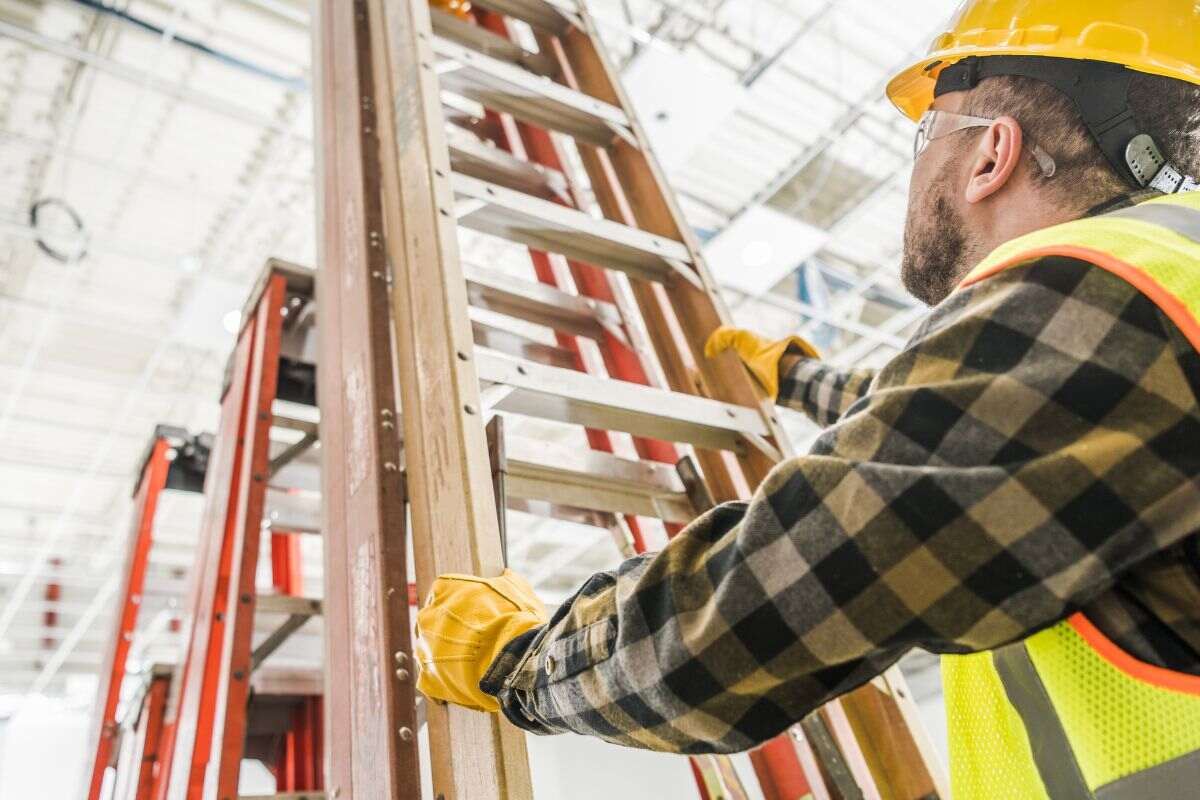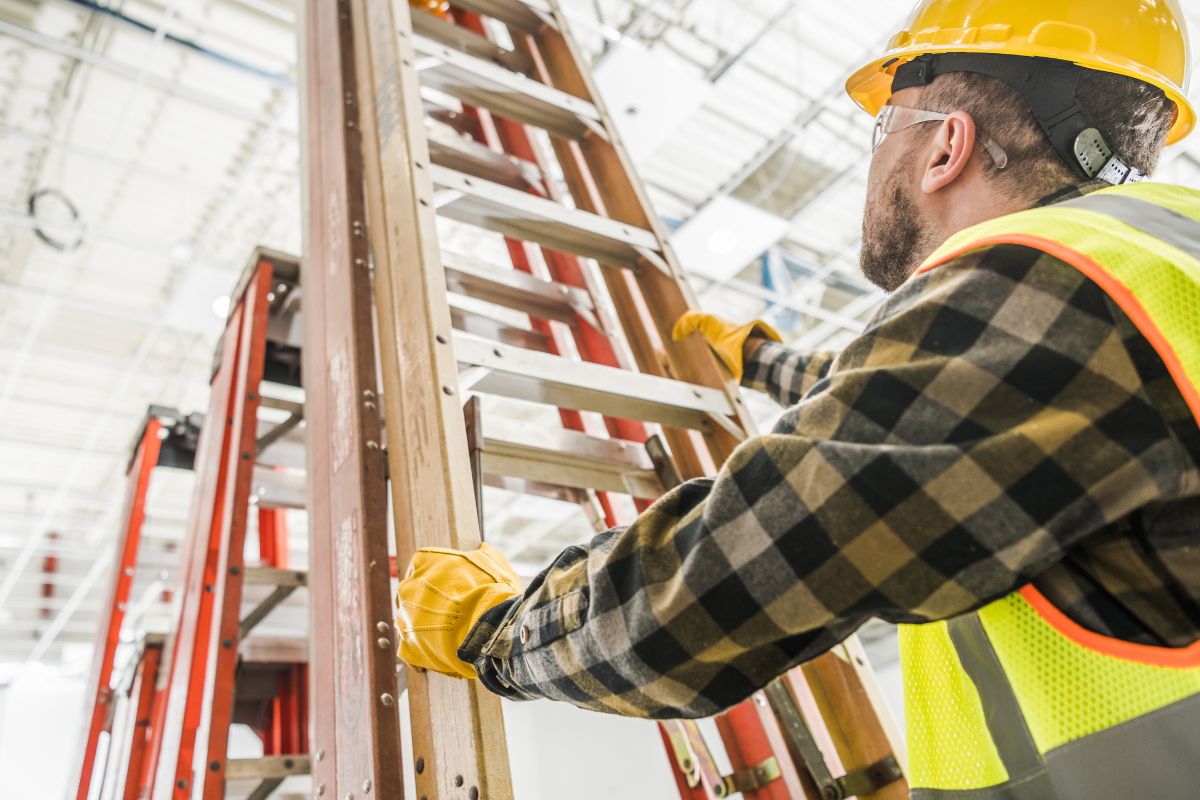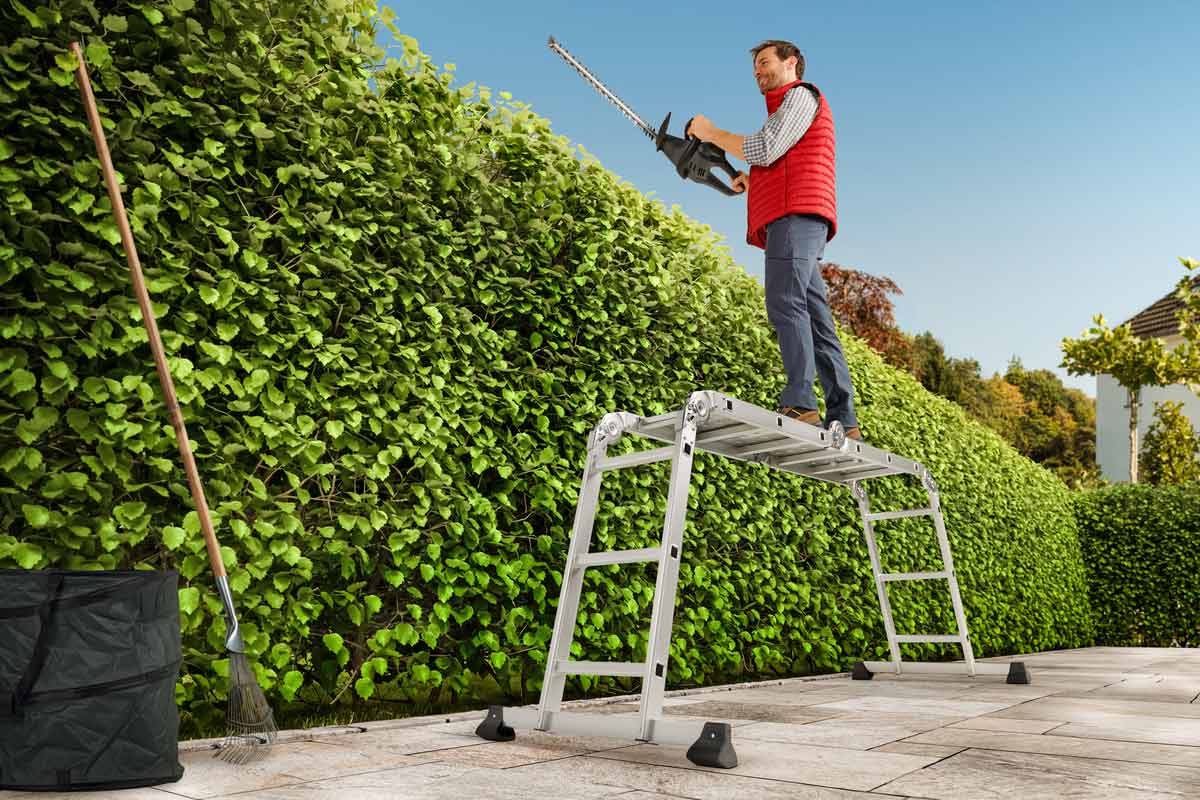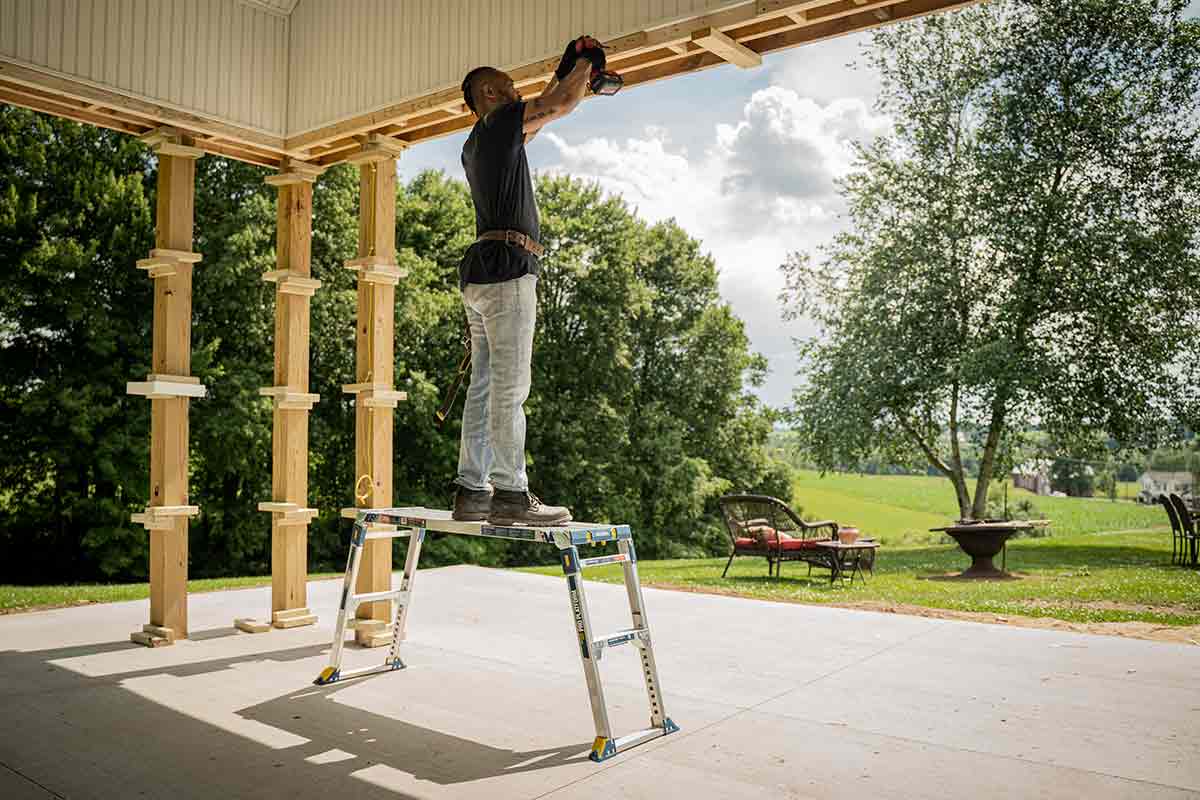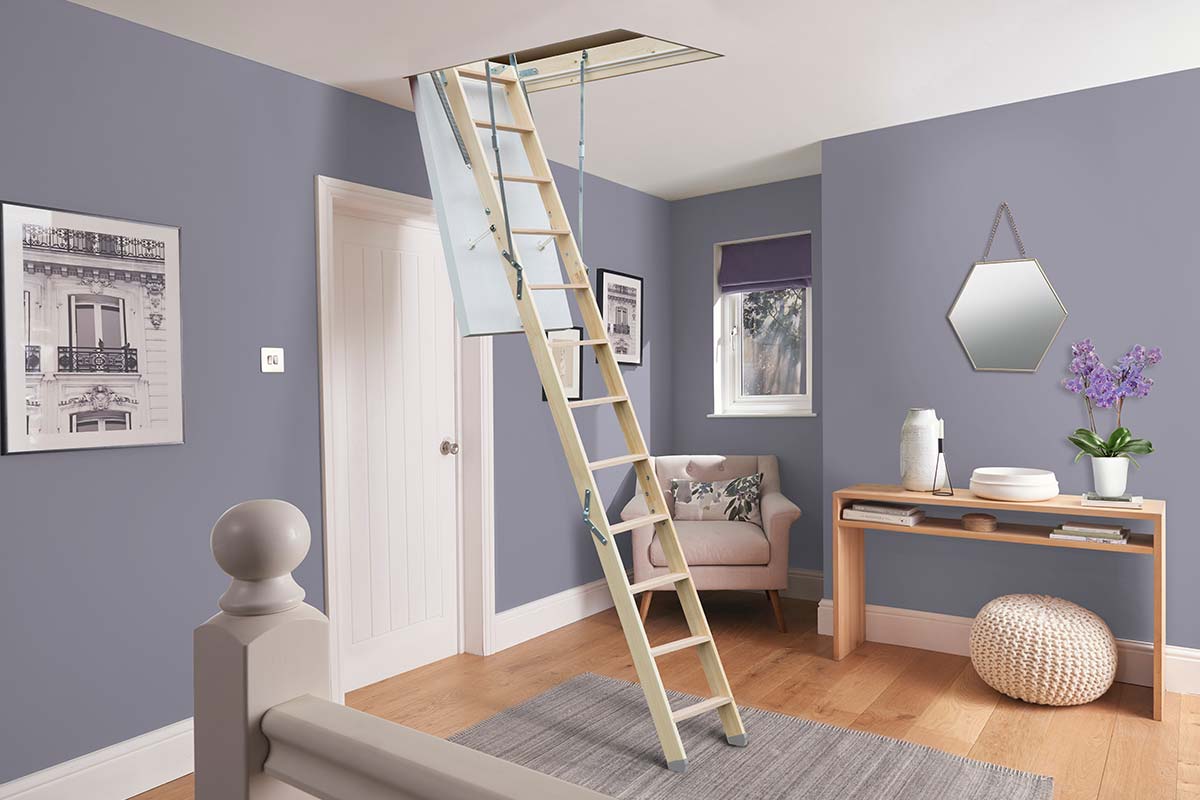Are Roof Ladders Safe?
July 31, 2024 | Nate Cord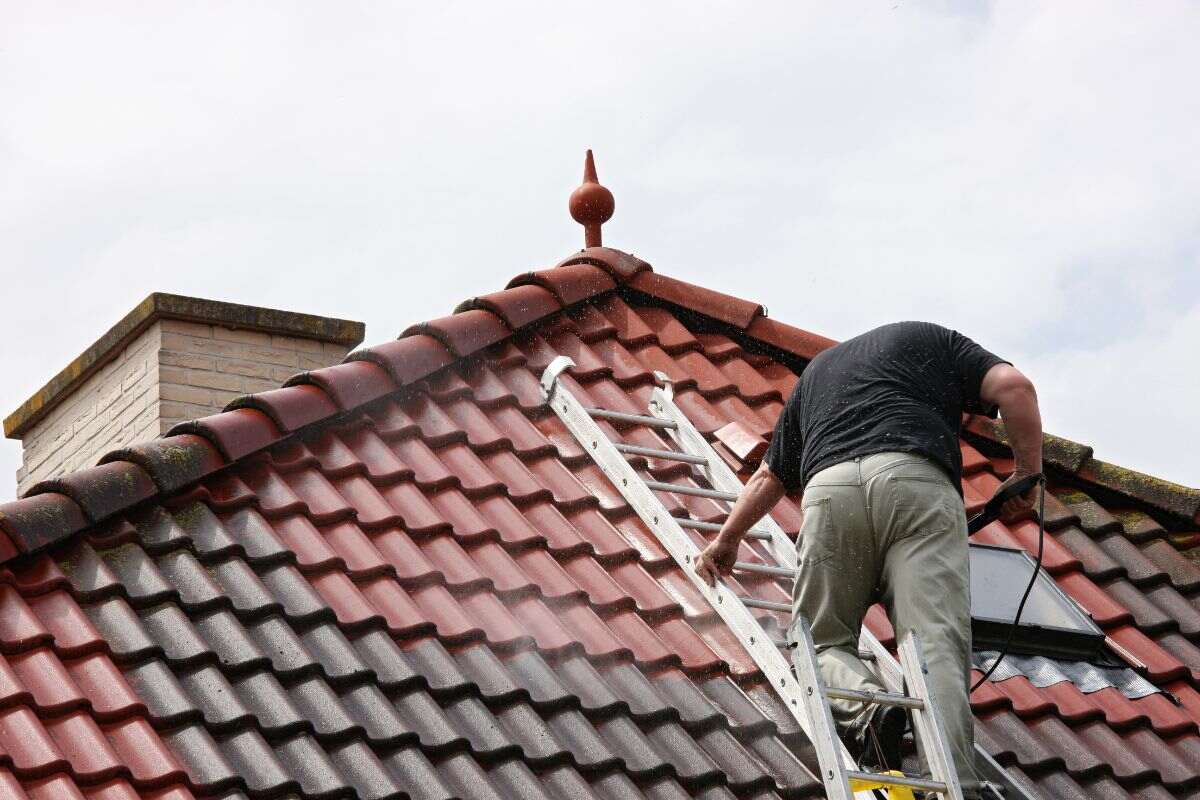
The simple answer is – yes! When used correctly, roof ladders are a safe and effective way to access and work on roofs.
Unlike a normal ladder, roof ladders are designed with hooks at the top that latch onto the ridge of the roof to secure the ladder in place. Some models also have wheels at the top to make it easier to slide the ladder up the roof. These hooks and non-slip features allow the ladder to remain stable on the inclined surface of a roof, preventing it from slipping or sliding.
It’s important to note, however, that while roof ladders are designed to be a safe way of accessing a roof, working at height still comes with risks. This is why there are a number of rules and tips you should follow to ensure your safety.
How to Use a Roof Ladder Safely
6 tips for using a roof ladder safely include:
1. Ensure You Have the Correct Type of Roof
First things first, a crucial aspect of roof ladder safety is using the ladder on an appropriate roof. Roof ladders are designed specifically for sloping roofs, not for flat surfaces or extremely steep pitches, which is why the roof’s pitch angle is a crucial consideration when using a roof ladder.
These ladders are generally designed for conventional residential roof pitches, which range between approximately 18 to 37 degrees.
The ladder you choose must also be the correct length, i.e. not too long so that it overhangs the roof edge and makes it unbalanced, and not too short that accessing the ladder requires stepping onto the actual roof itself.
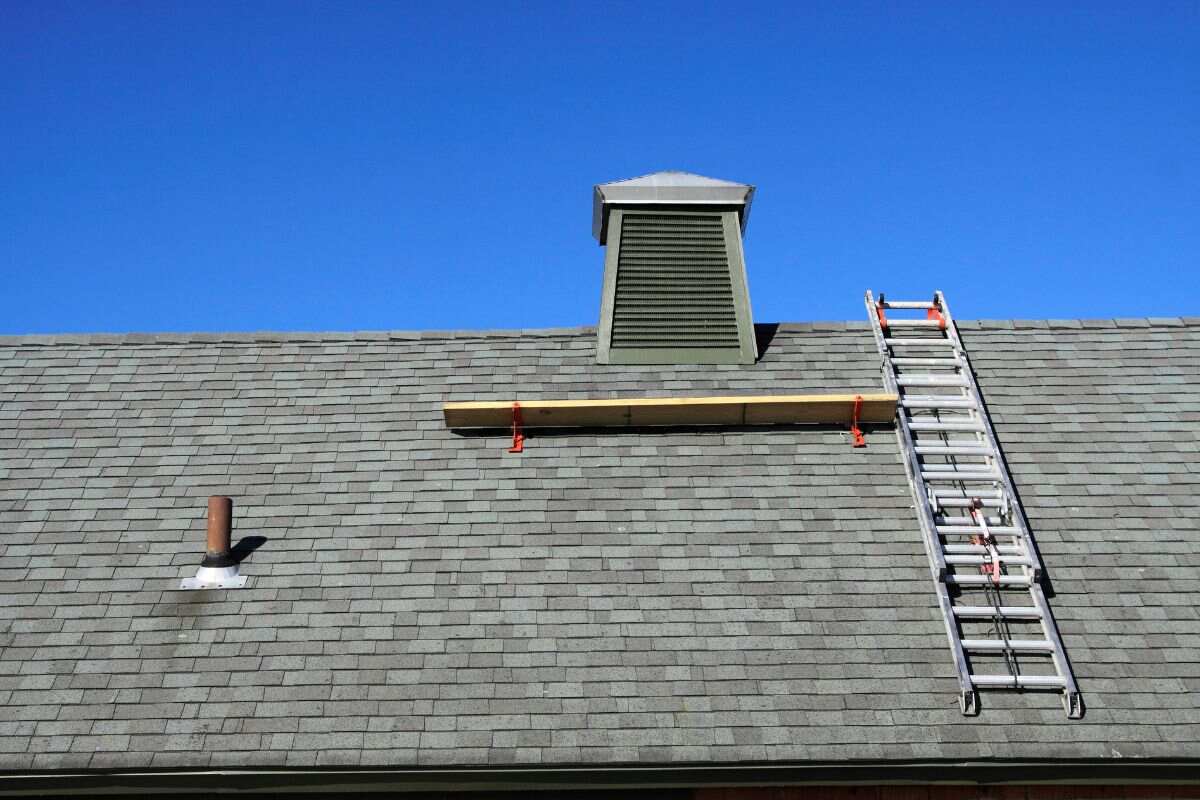
The steeper the roof, the longer the ladder you will need
2. Choose the Right Type of Roof Ladder
Another factor to consider to ensure you’re using a roof ladder safely is selecting the right ladder for your roofing work.
Consider things such as the height you need to reach, the ladder’s weight capacity, and whether it’s designed to accommodate your roof’s pitch.
There are 2 categories of roof ladders available – single section ladders and double section ladders. A single section roof ladder is a one-piece, fixed-length ladder that provides stability and simplicity, whereas a double section roof ladder consists of two expandable sections, offering adjustable length and compact storage.
Browse our range of single section and double section roof ladders on our website.
We also have an extensive collection of extension ladders, combination ladders, scaffold towers and much more, for all your ladder needs.
3. Know How to Set It Up & Secure Properly
Setting up a roof ladder begins with the correct setting up and positioning of the leaning ladder for initial access to the roof. A leaning ladder, also known as an extension ladder, is a type of ladder designed to lean against a support structure, such as a wall, tree, or roof edge.
Follow these steps to safely set up, position and secure your roof ladder:
- Secure the leaning ladder at or near the top or bottom to prevent it from slipping. You can do this via ladder stabilisers or by tying the ladder off to a secure point.
- You also want to set the leaning ladder at an angle of 75 degrees to the ground, which is an approx ratio of 1:4 (i.e. for every 4 ft of height, the ladder base should be 1 ft away from the wall).
- Once your leaning ladder is secure, you can now position the roof ladder. Climb the leaning ladder and take hold of the roof ladder near the top where it feels well balanced. Once at eaves level, use the running wheels of the roof ladder to push it up onto the roof. Then, flip it over onto its bearers. At this point, ensure the roof hook is securely situated against the opposite side of the pitched roof.
- For additional safety, secure the roof ladder to the leaning ladder to create a complete ‘system’. This can be achieved through the use of a ladder tie-off or a similar secure system.
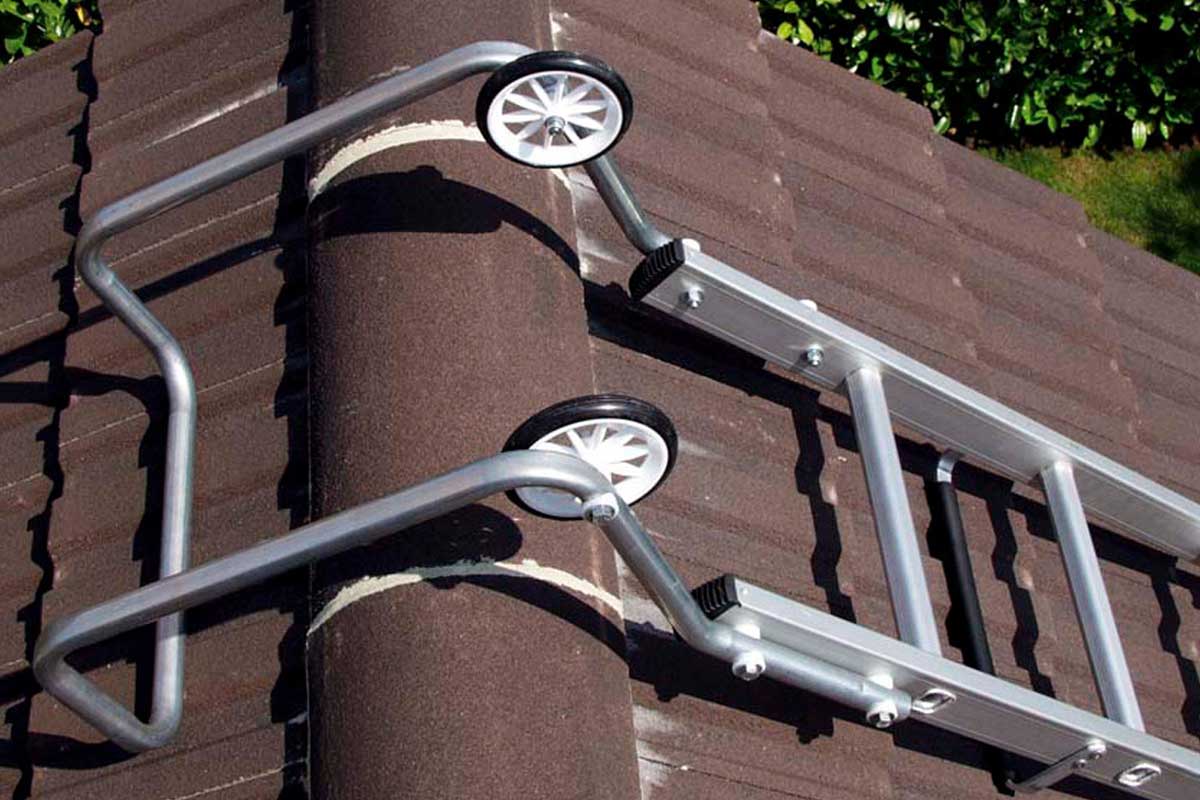
Roof ladders are very different from regular ladders and require a particular setup to ensure stability and safety.
If you need more guidance when it comes to setting up the ladder, check out our complete guide on how to use a roof ladder. Feel free to also get in touch with our experts via our enquiry form, or by giving us a call on 01639 849847. We’re happy to help!
4. Don’t Forget Your Personal Protective Equipment
Before climbing the ladder, ensure you’re wearing the necessary Personal Protective Equipment, such as non-slip footwear to prevent slips and falls off the ladder, a helmet to protect against potential falling objects, and grip gloves for a secure good hold.
If working at significant heights, you should also wear a full-body harness, which is attached to a secure anchor point and provides protection against falls.
It’s also a good idea to wear a high-visibility vest to ensure that you’re easily seen by others, especially if working in low-light conditions or near traffic.
5. Never Climb With Tools in Your Hands
While this one sounds like a given, we must stress the importance of not carrying anything in your hands while using a roof ladder.
This is namely because carrying tools or materials significantly reduces your ability to maintain a firm grip on the ladder, which then of course increases the risk of slipping or losing balance. And when you’re very high up, this is the last thing you want to happen!
As well as losing grip, holding items restricts your movement and flexibility and therefore makes it harder to manoeuvre safely or adjust your position on the ladder.
There’s also the risk of accidentally dropping what you’re carrying, posing a danger to others below, as well as the risk of breaking the tools/materials.

A great way to prevent these risks is to use a tool belt or a hoisting system to carry equipment and materials, allowing you to have a secure grip of both of your hands and maintain balance during your trip up and down the ladder.
6. Access the Ladder Safely
Lastly, you need to ensure you access the ladder as safely as possible (i.e. take extra care getting on and off the roof ladder).
Before getting on or off the roof ladder, you need to make sure you have a firm grip on the leaning ladder (this is why you should have 3 rungs of the leaning ladder higher than the roof ladder).
Move up and down the roof ladder by crawling and gripping the rungs with your hands NOT the sides of the ladder. Make sure you have a good foothold on the rungs, and when on top, be careful not to stand on the roof surface.
Always try to maintain 3 points of contact and when you begin to come down, do it by crawling backwards on your front.
–
We hope this blog has provided you with valuable insights into the safety of roof ladders. As long as you follow proper usage guidelines, invest in quality personal protective equipment, and always prioritise safety, you can confidently tackle roofing tasks, whether its roof repairs, installing television aerials or general maintenance, while minimising risks.
Looking for a reliable roof ladder or other premium access equipment? At Ladders4Sale, we offer a range of ladders, platforms, steps, towers and accessories for all trade and do-it-yourself jobs at unbeatable low prices.
What’s more, all of our products come with lifetime support – after your initial purchase, we continue to provide ongoing support and assistance for free. In addition to this, all orders come with free shipping to mainland UK.
Be the first to know the latest industry news and offers
